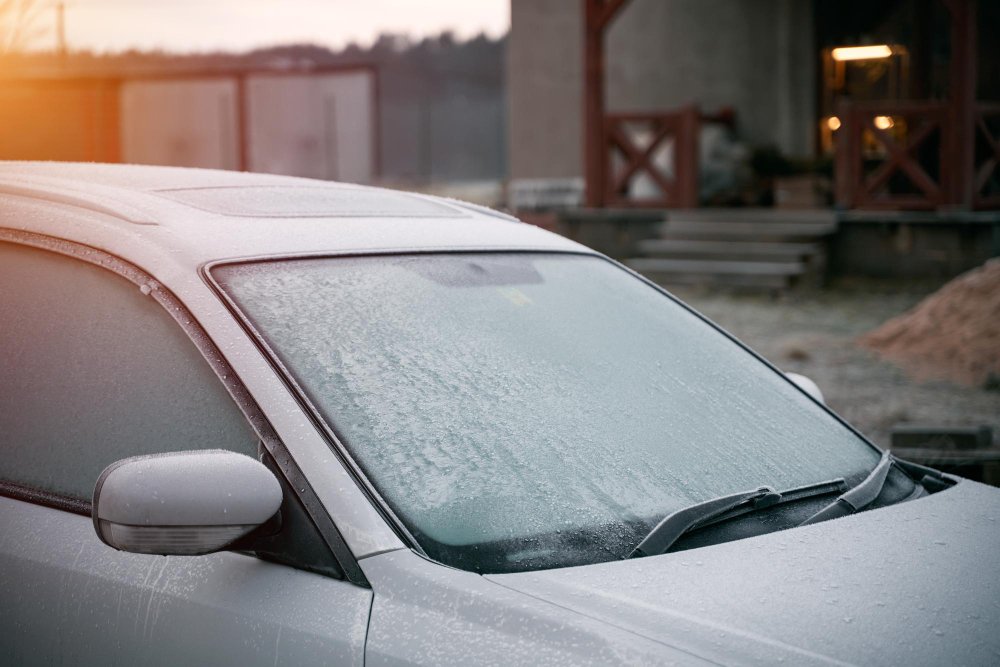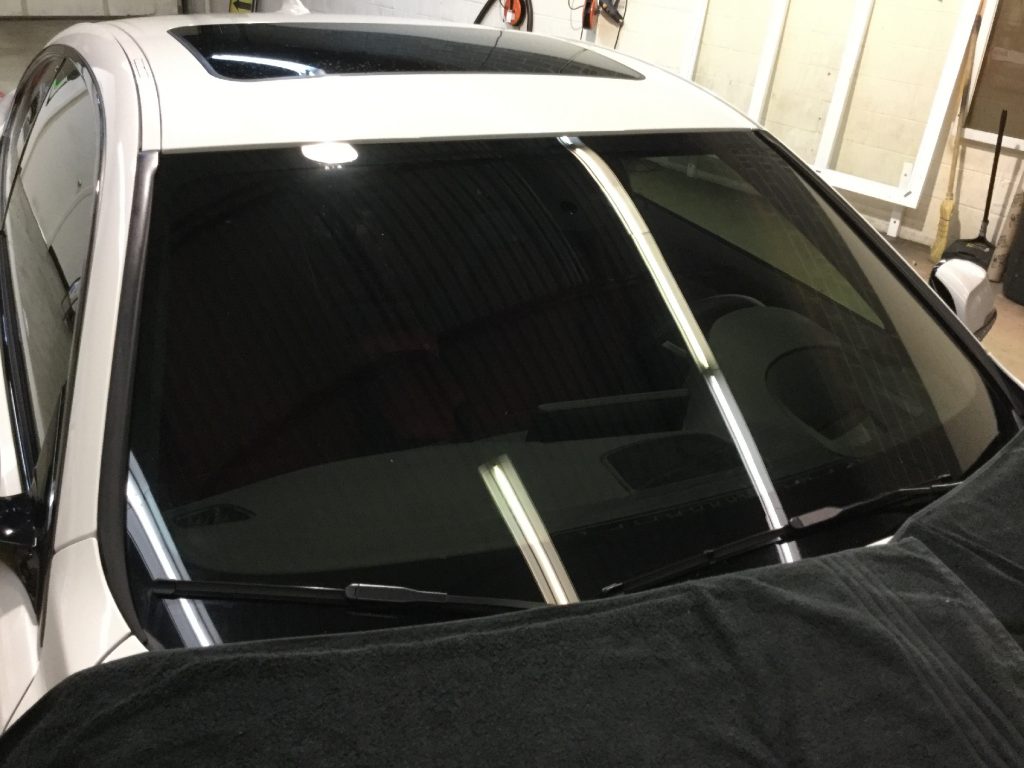How Window Tinting Enhances Your Car's Appearance and Protects Its Interior
Wiki Article
Home Window Tinting Regulations: What You Need to Know Before Tinting Your Cars And Truck
Recognizing window tinting laws is important for any automobile proprietor taking into consideration tinting their cars and truck. Rules differ significantly from one state to another, establishing certain restrictions for Visible Light Transmission (VLT) percents, particularly for front-side home windows and windscreens. Failure to comply with these legislations can cause penalties, the necessity to eliminate the color, and complications with insurance coverage. As you consider enhancing your automobile's appearance and performance, it is important to grasp not only the lawful implications yet likewise the sensible factors to consider that feature choosing the appropriate color. What variables should you focus on in your decision-making procedure?Relevance of Recognizing Color Laws
Recognizing window tinting legislations is vital for car owners to guarantee compliance with state guidelines. These laws determine the allowable levels of tint darkness and reflectivity, which can dramatically differ from one jurisdiction to an additional. Falling short to stick to these laws can cause fines, compulsory elimination of the color, and prospective complications throughout automobile inspections.Moreover, recognizing these laws helps vehicle owners make notified decisions about their tinting options. Different kinds of home window films supply different advantages, such as UV security, heat rejection, and glare decrease. Nonetheless, without knowledge of the lawful restrictions, automobile owners run the risk of picking items that may ultimately cause lawful concerns.
Additionally, awareness of tinting regulations fosters a much safer driving environment. window tinting. Exceedingly dark colors can impair visibility, increasing the threat of mishaps, particularly at evening or in damaging weather condition conditions. Police additionally make use of these guidelines to guarantee roadway security, making conformity not simply a personal obligation but a legal commitment
State-Specific Tint Rules
Each state in the united state has developed its own details guidelines relating to window tinting, showing a varied variety of demands and requirements. These laws can vary significantly, affecting exactly how car proprietors approach setup and conformity. For example, some states enable darker colors on back windows while imposing strict restrictions on front-side windows.Additionally, laws commonly define allowable tint materials and colors. Certain states restrict reflective tints entirely, while others may allow them to a limited degree. Additionally, some territories mandate that cars with colored windows present a sticker suggesting conformity with state laws, providing a clear identification for police.
Enforcement of these legislations likewise differs; some states are a lot more positive, carrying out arbitrary checks, while others depend on problems or noticeable infractions to start enforcement. Automobile owners should be aware that failure to abide by state-specific color policies can result in fines, required elimination of illegal colors, or both.

Lawful Color Percentages
Figuring out the legal tint percentages is critical for car owners seeking to follow state laws. Each state has details legislations controling just how much light needs to travel through the windows of a car, which is revealed as a portion referred to as Noticeable Light Transmission (VLT) This percent differs considerably throughout states and can rely on the type of window-- front side, back side, and windscreen.For example, some states permit as low as 20% VLT on front side windows, while others might allow up to 50%. Windscreen tinting is typically a lot more restricted, with several territories enabling just a narrow band of color at the top click to investigate of the windshield. In contrast, rear windows commonly have extra tolerant guidelines, with some states allowing darker tints.
It is essential for automobile owners to familiarize themselves with their regional regulations to prevent potential lawful problems. This includes understanding just how VLT is determined, as it can vary based on the sort of home window film made use of. Staying educated about these laws guarantees compliance and advertises safe driving problems for both the lorry owner and others when traveling.
Effects of Non-Compliance
Failing to abide by home window tinting legislations can bring about substantial consequences for vehicle owners. One of the most immediate repercussion is the capacity for traffic quits and citations from regulation enforcement. Officers trained to determine illegal tint degrees might issue fines, which can vary by jurisdiction but commonly vary from moderate to considerable amounts. Repeated infractions might bring about increased charges, including greater fines or extra factors on a copyright.
Insurer may also impose fines for non-compliance, as illegal modifications can be deemed a breach of policy terms. This might impact protection rates or lead to complications in claims if an incident occurs.
Eventually, the repercussions of non-compliance prolong beyond immediate financial charges; they can influence a vehicle driver's insurance policy prices, legal standing, and overall vehicle value, highlighting the value of adhering to local home window tinting policies.
Tips for Deciding On Tinting Options
Recognizing the ramifications of non-compliance highlights the value of making educated choices when selecting home window tinting choices. Familiarize on your own with your state's specific legislations pertaining to tint darkness and reflectivity. Each state has special guidelines that dictate the allowable limitations, so guarantee you stay within these guidelines to stay clear of charges.Second of all, think about the kind of tint material. Choices consist of dyed, metalized, and ceramic tints, each offering differing degrees of warm denial, UV security, and resilience. For example, ceramic tints give premium heat resistance without hindering digital devices, making them a prominent selection.
Additionally, evaluate your main objective for tinting. If you seek enhanced privacy, go with darker colors; nonetheless, maintain in mind that this may affect exposure at evening. Alternatively, if glare reduction and UV security are your primary problems, lighter colors might suffice.
Last but not least, speak with a professional installer who is well-informed regarding regional laws and can suggest top notch products matched to your demands (window tinting). Taking these variables right into account will certainly ensure you make a well-informed decision, ultimately enhancing both your car's appearances and functionality
Conclusion
To conclude, experience with window tinting laws is important prior to applying tint to a car. Each state implements details laws concerning visible light transmission portions, specifically for front-side home windows and windshields. Non-compliance can result in considerable charges, consisting of penalties and required removal of non-conforming color. By understanding legal requirements and selecting suitable tint materials, automobile proprietors can accomplish aesthetic enhancement while remaining compliant with relevant regulations. Adherence to these standards makes sure both security and complete satisfaction.Recognizing window tinting regulations is necessary wikipedia reference for any automobile owner taking into consideration tinting their vehicle.Recognizing window tinting regulations is essential for automobile look what i found proprietors to ensure conformity with state regulations. Some states enable darker tints on back home windows while imposing rigorous restrictions on front-side home windows.
In comparison, rear windows normally have much more tolerant laws, with some states permitting darker colors. (window tinting)
In conclusion, familiarity with home window tinting regulations is vital prior to using tint to a car.
Report this wiki page